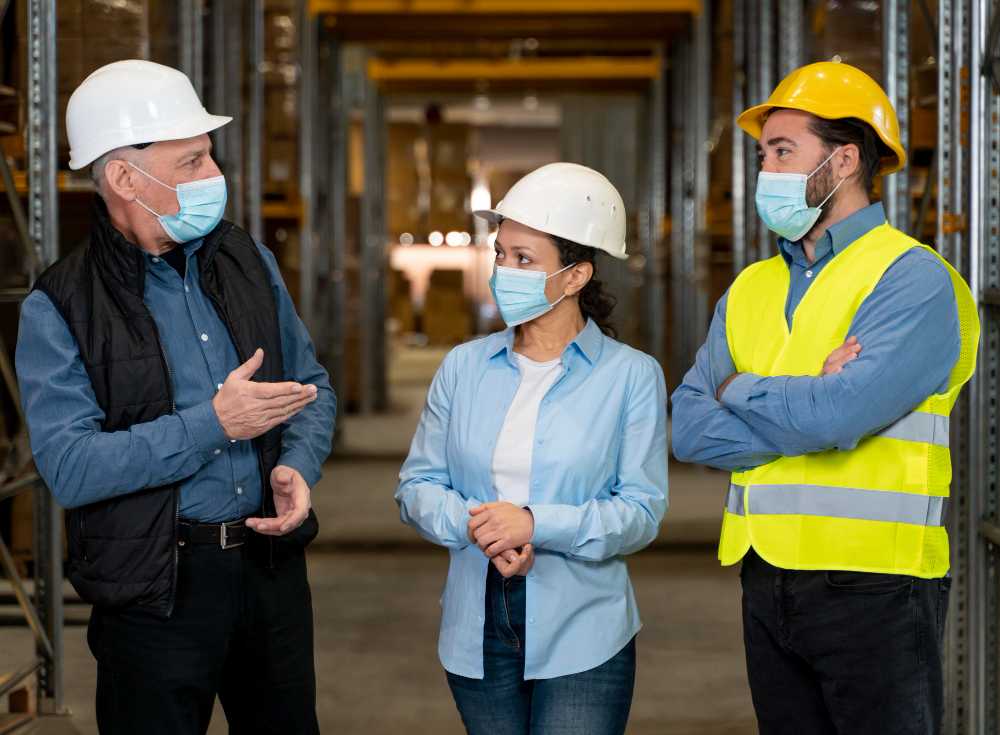Having a safe workplace is more than clean floors and hard hats; it is the heartbeat of a strong company. When employees feel protected, they focus on great work instead of injuries or lawsuits. These steps blend hands‑on safety and how you need to do it.
1. Start With a Risk Walk‑Through
Tour every corner—warehouse aisles, office cords, delivery docks, break rooms. List hazards like wet floors, heavy lifting spots or exposed wiring. Involve team members who do the work daily; they spot risks managers miss.
2. Write Clear Safety Rules
Keep rules short and post them where they matter: chemical labels by the sink, ladder rules near the loft, keyboard‑break reminders at each desk. One‑page checklists and color signs work better than thick binders, which no one enjoys reading.
3. Train, Drill, Repeat
Safety training at hiring is just the beginning. Schedule refresher courses every quarter using demonstrations, short quizzes, and hands-on practice. Conduct drills for fire, spills, and even cyber breaches to help staff respond quickly. Document attendance—these records can reduce insurance premiums.
4. Provide the Right Gear
Hard hats, safety glasses, ergonomic chairs, and anti‑fatigue mats cost less than one injury claim. Keep backup gear so no one works “just this once” without protection.
5. Keep Communication Open
Create a simple way—like a shared email or comment box—for workers to note near misses. Praise teams that solve problems early rather than blaming errors. Trust lowers silent hazards.
6. Align Insurance
Even the best program cannot stop every accident. General‑liability and workers’‑compensation policies pay medical bills, legal fees and lost wages when things go wrong. Review coverage each year as headcount, machinery, or job sites change. Many carriers offer package deals combining property, liability, and business‑interruption coverage at a discount. Ask about add‑ons such as employment‑practices or cyber coverage if you store customer data.
Safety is not a one‑time checklist; it is a living system mixing sharp eyes, steady training, and the financial backstop of business insurance. When employees know hazards are controlled and a strong policy stands behind them, they work with confidence. That confidence fuels productivity, keeps costs low, and proves that caring for people is the best investment a company can make.


